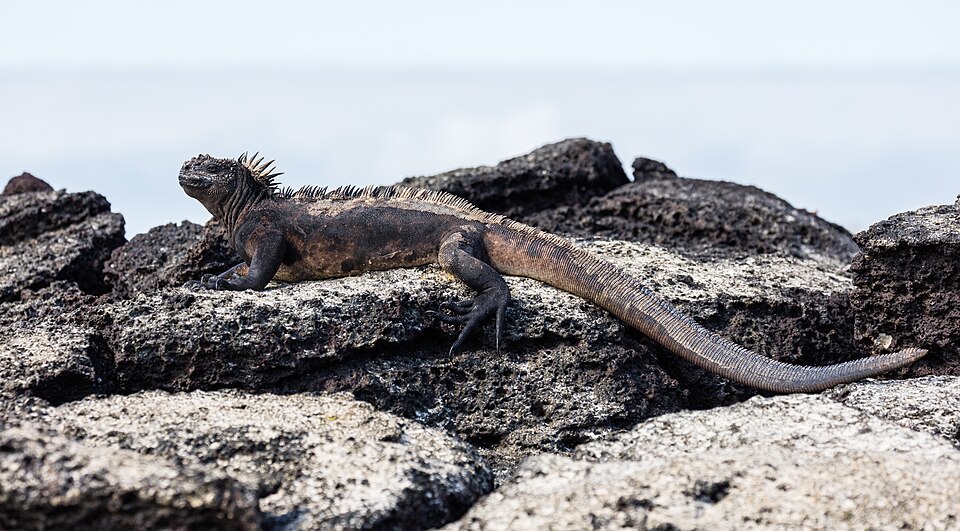Galápagos Wild Tomatoes Exhibit Reverse Evolution in Chemical Defense

In a groundbreaking study published in the journal Nature Communications, researchers have documented a remarkable instance of reverse evolution in wild tomatoes found on the Galápagos Islands. These plants, specifically from the younger volcanic islands of Fernandina and Isabela, have demonstrated the ability to reactivate an ancient chemical defense mechanism that had been lost over millions of years of evolution. This phenomenon, which was previously considered nearly impossible, challenges long-held beliefs about the irreversibility of evolutionary traits and offers new insights into plant resilience under extreme environmental conditions.
The research team, led by Adam Jozwiak from the University of California, Riverside, along with colleagues from the Weizmann Institute, focused on the biochemical adaptations of these wild tomatoes. They found that the plants produce a specific mix of bitter alkaloids, which serve as a defense against potential herbivores. Notably, the tomatoes from the youngest islands demonstrated a shift towards an older type of toxin, which is typically associated with eggplants rather than modern tomatoes. According to Jozwiak, "Just four amino acids changed everything," indicating that a slight alteration in a single enzyme can reactivate a long-dormant chemical pathway.
This study sheds light on the evolutionary dynamics of the Galápagos Islands, where the harsh volcanic terrain and extreme climates have pressured the native flora to adapt in unique ways. The wild tomatoes' ability to revert to an ancestral defense mechanism underscores the flexibility of evolutionary processes, suggesting that lost traits may not be permanently gone but rather waiting for favorable conditions to re-emerge.
Dr. Sarah Johnson, a botanist at Stanford University, commented on the implications of this research, stating, "The findings highlight the potential for plants to utilize genetic pathways that were previously thought to be inactive. This could have significant implications for agricultural practices, particularly in the development of pest-resistant crops." Johnson's views align with the study's potential applications in crop science, where understanding these biochemical pathways could lead to enhanced pest resistance without compromising flavor, a common issue in traditional breeding.
Moreover, the study's authors suggest that the ability to manipulate these chemical defenses could extend beyond tomatoes to other members of the Solanaceae family, including potatoes and peppers. As researchers delve deeper into the genetics of these plants, they may unlock new agricultural techniques that leverage ancient traits for modern challenges.
Historically, the concept of reverse evolution has been met with skepticism within the scientific community. However, as Jozwiak's research illustrates, examples of trait reversal can be found in various species, such as certain insects regaining lost wings. This challenges the conventional view that evolution is a linear process and opens new avenues for understanding the complexities of genetic adaptation.
In conclusion, the discovery of reverse evolution in wild tomatoes not only enriches our understanding of plant biology but also poses critical questions regarding evolutionary theory. As climate change continues to impose significant stresses on ecosystems, the ability of organisms to revert to ancestral traits may provide essential insights into their survival strategies. Future research will undoubtedly explore the broader implications of these findings, both for evolutionary biology and agricultural innovation, as scientists seek to harness the lessons of nature to address contemporary environmental challenges.
Advertisement
Tags
Advertisement





